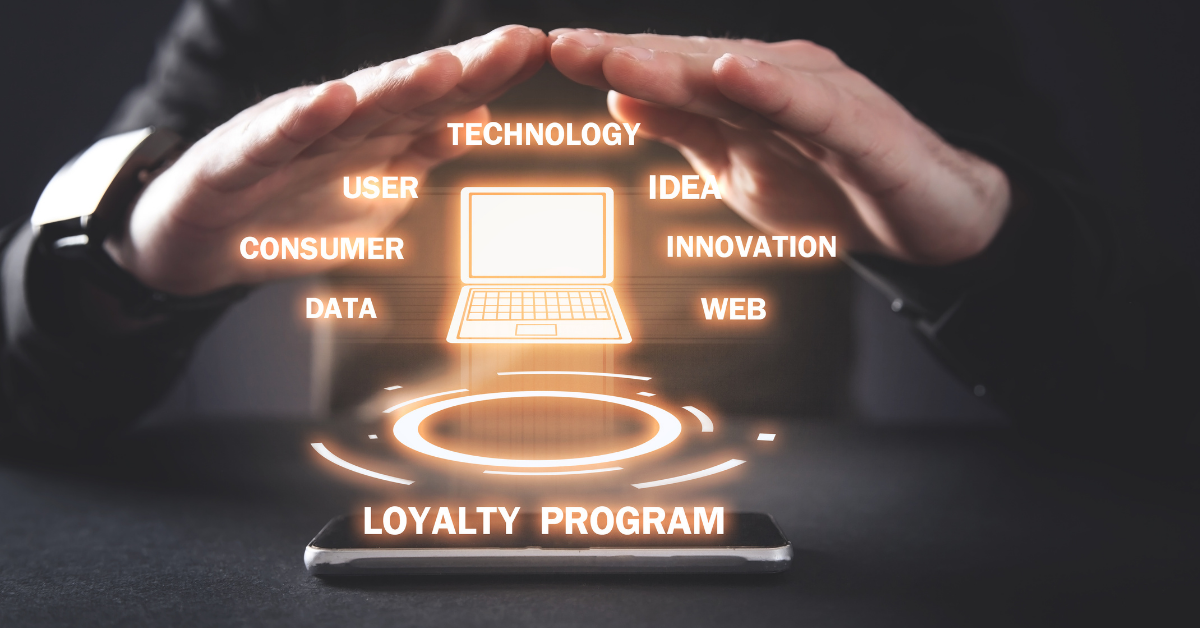In today’s highly competitive digital economy, loyalty programs are more than just a marketing tactic—they are a critical strategy for retaining customers and increasing lifetime value. But with the growing sophistication of digital ecosystems, these reward programs have also become vulnerable to fraud and misuse. Businesses must now focus not only on designing engaging programs but also on securing them from internal and external threats. microsoft dynamics crm partners plays a vital role in ensuring that loyalty systems are both effective and secure.
Understanding Loyalty Fraud: What’s at Stake?
Loyalty fraud refers to any unauthorized or unethical use of a loyalty program to gain rewards. This can include:
- Account Takeover (ATO): Hackers steal login credentials and drain points or rewards.
- Fake Transactions: Employees or customers simulate purchases to earn fraudulent rewards.
- Points Theft or Manipulation: Through phishing or system exploits, points are transferred illegally.
- Collusion Between Employees and Customers: Insiders help customers game the system for a cut of the rewards.
- Excessive Redemption or Stacking of Offers: Users exploit loopholes to redeem more than permitted.
These activities can cause significant financial losses, erode customer trust, and tarnish a brand’s reputation.
Why Loyalty Systems Are Easy Targets
Loyalty programs often don’t receive the same level of cybersecurity investment as payment systems. They operate with fewer regulatory protections, and many companies underestimate the monetary value of reward points. This creates a weak link in the business’s digital infrastructure.
Furthermore, because loyalty systems often rely on customer behavior data, a breach could compromise sensitive information—leading to compliance violations and data privacy concerns.
The Role of Loyalty Programs Software in Security
Modern loyalty programs software is designed not only to track rewards and engagement but also to incorporate advanced security features. These platforms help businesses automate fraud detection, set redemption limits, enforce rules-based logic, and integrate with other cybersecurity tools. Below are essential components of secure loyalty systems powered by advanced software:
Key Features of Secure Loyalty Programs Software
1. Multi-Factor Authentication (MFA)
Securing user accounts begins with strong authentication. Loyalty programs software with MFA capabilities ensures that users verify their identities using multiple methods—such as email, SMS, or biometric data—before accessing accounts. This reduces the risk of account takeovers.
2. Real-Time Fraud Detection Algorithms
Sophisticated loyalty platforms use machine learning algorithms to detect abnormal behavior, such as multiple redemptions in a short time or accessing the account from different geolocations. These real-time alerts help administrators act quickly before damage escalates.
3. Role-Based Access Control (RBAC)
Not every employee should have full access to loyalty program settings or customer data. With RBAC, loyalty software restricts access based on job roles. This minimizes insider fraud and ensures accountability.
4. Activity Auditing and Logging
Audit trails provide a detailed log of every user action—from point issuance to redemption. This creates transparency and enables quick tracing in the event of suspicious activity. Logs are often essential during compliance audits or investigations.
5. Point Expiry and Redemption Limits
Setting expiration dates and daily/monthly redemption caps can mitigate the risk of bulk fraudulent redemptions. Advanced loyalty programs software allows for the flexible customization of these rules to adapt to evolving threats.
6. Tokenization of Data
Tokenization replaces sensitive customer identifiers with non-sensitive equivalents. This protects user data from exposure in case of a breach while still enabling rewards tracking and personalization.
Best Practices for Preventing Loyalty Program Fraud
In addition to choosing secure loyalty software, businesses must implement strategic and operational practices to reduce vulnerabilities.
A. Continuous Monitoring
Regular audits and real-time monitoring help detect anomalies early. Dashboards that show reward flows, login patterns, and redemption rates can uncover red flags.
B. Customer Education
Users should be educated on recognizing phishing emails, using strong passwords, and reporting suspicious activity. Loyal customers are more likely to help protect the system if they understand the risks.
C. Employee Training and Vetting
Internal fraud can be just as damaging. Conduct background checks and train employees on ethical program use and data security. Introduce penalties for fraudulent activities and incentivize whistleblowing.
D. Regular Software Updates and Penetration Testing
Hackers often exploit outdated software. Ensure the loyalty system is regularly updated and tested for vulnerabilities. Penetration testing can simulate attacks and identify weaknesses in the system.
E. Segmentation and Tiered Access
Segmenting customer accounts based on loyalty tiers and behavior patterns can help tailor security levels accordingly. High-value accounts, for instance, may require stricter security protocols.
Real-World Examples of Loyalty Fraud
To understand the potential impact, consider these real-world incidents:
- British Airways Executive Club (2015): Thousands of users had their loyalty points stolen due to weak login systems and credential stuffing attacks.
- United Airlines MileagePlus (2019): Attackers used stolen credentials to access and misuse frequent flyer miles.
- Loyalty Program Fraud in Retail Chains: Multiple U.S. retail brands have reported coordinated schemes where fraudsters collect points through fake purchases and mass redemptions.
These cases underline the importance of proactive measures and robust loyalty programs software to prevent financial and reputational losses.
The Future of Secure Loyalty Systems
As cyber threats evolve, so must loyalty systems. Emerging trends include:
- AI-Powered Behavioral Analysis: Continuous learning models can adapt to new fraud techniques.
- Biometric Authentication: Face recognition or fingerprint scanning adds another layer of protection.
- Decentralized Loyalty Systems Using Blockchain: These offer transparency, immutability, and resistance to tampering.
- Zero Trust Architecture: Adopting a zero-trust approach ensures that every user or device is verified before gaining access.
Businesses that stay ahead of these trends will not only protect their loyalty investments but also gain the trust of customers who demand security and transparency.
Conclusion
Loyalty programs are invaluable tools for customer retention and engagement, but they also present a ripe target for fraudsters. The key to maintaining their integrity lies in using robust, secure loyalty programs software equipped with advanced fraud prevention capabilities. By implementing multi-layered security features, educating stakeholders, and adapting to emerging threats, businesses can build resilient loyalty systems that not only drive growth but also protect their brand and customers.
A loyalty program is only as strong as the security infrastructure behind it. Investing in secure loyalty technology today is the best way to ensure sustainable success in the digital economy.


